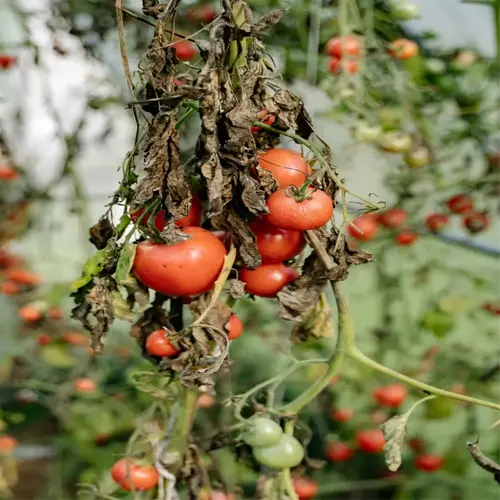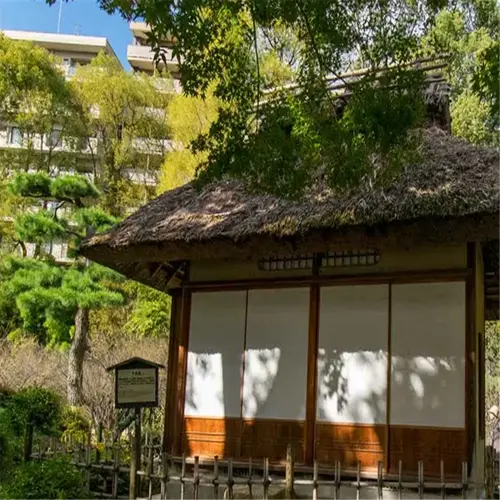Why are my turnip roots woody?

Written by
Michael Sullivan
Reviewed by
Prof. Charles Hartman, Ph.D.Starting off on the right foot, to produce tender turnip roots you will want to avoid these three common mistakes: late harvesting, inconsistent watering, and hot soil. If the plant is stressed, there is a greater chance that the roots will become woody. Head off the woodiness by providing consistent care and harvesting in a timely manner. Check the roots as early as 2-3 weeks after planting for size and texture preference.
Harvest Timing
- Harvest at 2-3 inches diameter, overmature roots lignify
- Test readiness by gently brushing soil from shoulders
- Succession plant every 2 weeks for staggered harvests
Watering Practices
- 1 inch weekly, drought triggers fibrous texture
- Use drip irrigation for even moisture
- Mulch with straw to retain soil dampness
Soil Temperature Control
- Ideal range: 45-75°F (7-24°C)
- Shade cloth lowers heat above 80°F (27°C)
- Plant in partial shade during summer
In my garden, grass clippings for mulch kept the soil cool and moist during this summer's heat wave. I harvested ‘Hakurei' turnips at the size of a golf ball and they were still crisp. Do not water overhead, as it makes the soil wet and dry in uneven patches. If you garden in sandy soils, water twice a week, but check for drainage first!
Selecting quick-maturing types like ‘Tokyo Cross' (35 days) will also help minimize the woodiness potential. Rotate your crops to manage the disease. Continually test your soil pH yearly; 6.0-7.5 prevents nutrient lockout from occurring in your soil. Bitter roots often go hand in hand with woodiness-yielding crops, be sure to water and use a fertilizer that contains lower nitrogen, like 5-10-10.
Read the full article: How to Grow Turnips: A Step-by-Step Planting Guide

